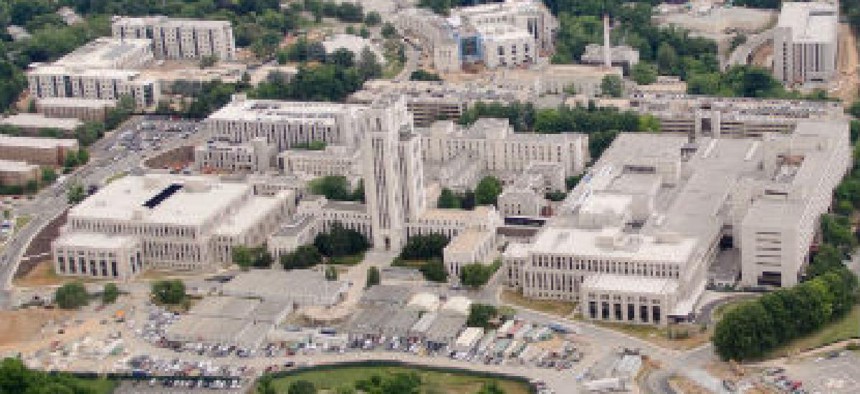Walter Reed brings crisis communications system online

The Navy Yard shooting in D.C. and the Fort Hood attack in Texas have increased the focus on workplace security at government installations.

The Walter Reed National Military Medical Center is the latest Defense Department installation to implement new emergency alert systems.
In the aftermath of last September’s Navy Yard shooting, more government installations are putting an emphasis on systems to alert employees, contractors and service members to crisis situations. The Walter Reed National Military Medical Center in Bethesda, Md., recently installed a software solution from IT firm AtHoc that blasts out situational alerts to 12,000 personnel when needed.
Department of Defense regulations require that commanders of installations have some means of reaching personnel in the event of a crisis – rules which grew out of the 2009 Fort Hood attack.
"What drives the federal space is that compliance," said David Brown, vice president of AtHoc's Defense and Intelligence Group and a retired Army colonel. The company's crisis notification service reaches 65 percent of the federal government. "We're pretty proud of the scope and breadth of that protection," Brown said.
Messages sent via the AtHoc Interactive Warning System can go across multiple channels – computer screen pop-ups, smartphones, VoIP phones, digital signs, as well as sirens, loudspeakers, and radios. In a medical environment like Walter Reed, they can do more than just alert personnel to a threat like an active shooter or a potential weather disaster. Alerts can also cover power outages and computer failure or provide notice of scheduled IT downtime or other potentially disruptive events.
At private-sector companies, the service can also provide a human resources and recordkeeping function. For example, one unionized hospital in California uses AtHoc to comply with rules that require notifications to personnel to report for emergency duty on the basis of seniority. While it's not a big part of their business, AtHoc also deploys solutions in educational settings. The Code Maroon service at Texas A&M University offers the curious a look at how an opt-in version of the notification system works.
AtHoc's service is two-way, allowing for recipients of alerts to respond and share information. This allows base commanders, for example, to get a tally of personnel in a crisis situation. More advanced use cases allow for sharing of multimedia information, to provide a common operating picture for those monitoring or responding to a crisis. The Walter Reed deal, Brown said, was for emergency notification and force protection compliance.
AtHoc didn't share details about pricing. According to the GSA Advantage site, where AtHoc is listed as a subcontractor, it's not a big ticket item by federal IT standards. And according to the contracting site Deltek, the Walter Reed contract is for just under $100,000 for a year. Other AtHoc deals listed on contracting websites list higher prices, presumably for more seats and more features. Despite their niche function, crisis communications services like AtHoc are likely to be increasingly ubiquitous as the federal government looks to provide more security for its military bases and workplaces.






